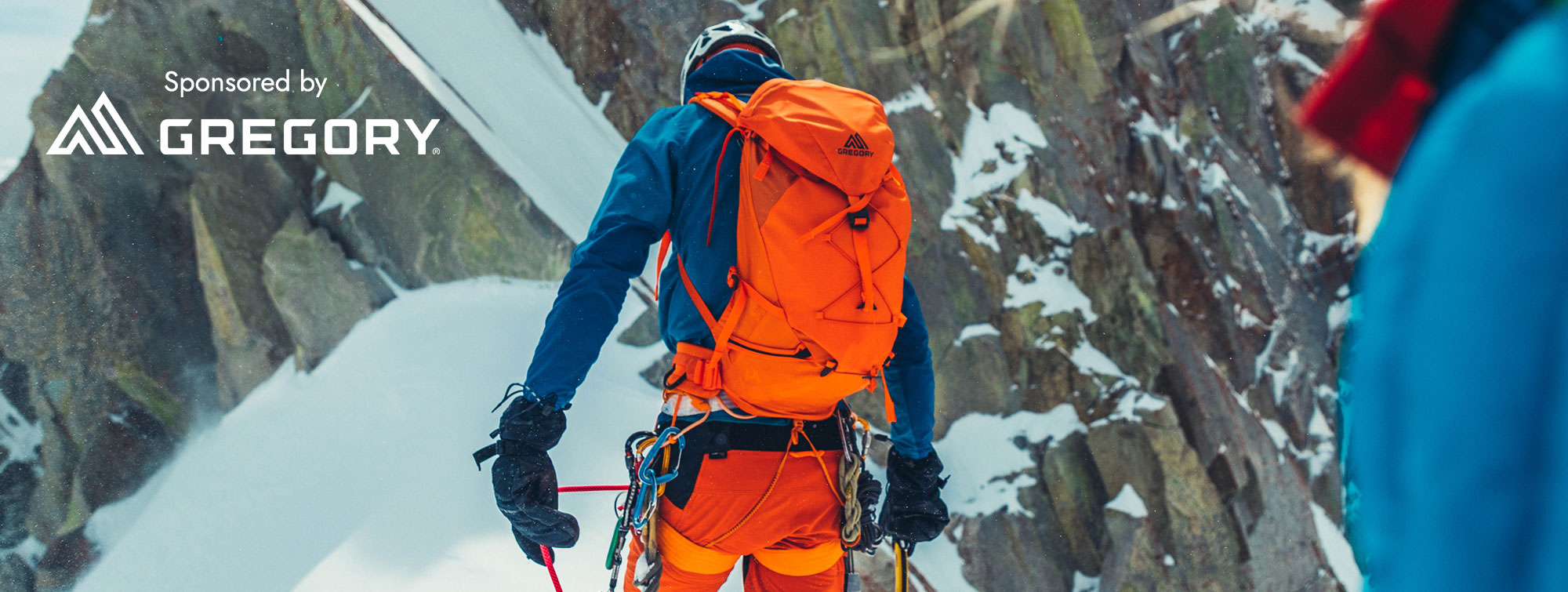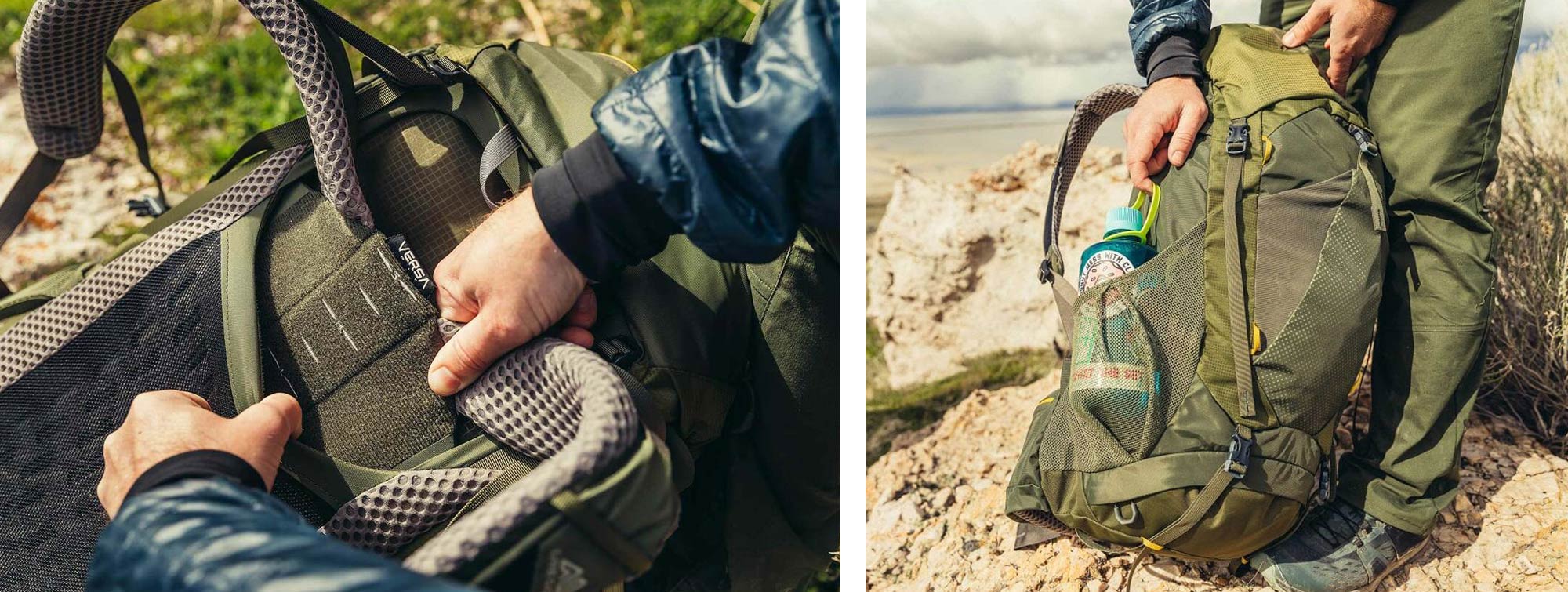The Ultimate Guide to Choosing an Ultralight Rucksack
Posted by Fran O'Donnell on May 24, 2022

With so many packs to choose from it can be hard to know where to start - here are a few pointers to help with your selection.
Start with Capacity
Pin down the capacity you need by looking at your gear - if you have an old rucksack and you know its capacity then use this to guage what capacity you need. If it's for winter as well as summer use you'll need extra capacity for extra, bulkier gear - if you are buying a backpacking rucksack you need to factor in space for food, be it 3 days, 5 days or more.
Hipbelts: Hipbelts are critical to a comfortable carry. I would only consider a pack without a hipbelt if I was carrying an ultra minimalist daypacking load - otherwise a hipbelt is a must. Some are simply webbing with a plastic buckle - these don't add anything to comfort but they do add stability - all that's needed if you're running with a very light load. For everything else we think a padded hipbelt is essential, when teamed up with an internal frame the combination transfers the load to the hips where it's easiest to carry and will ensure you don't get sore shoulders. Although the usefulness of a good hipbelt on a pack without a frame will depend on how well you can stiffen the pack.

Back Systems
No Frame: Very light packs won't have a frame at all, so can only be comfortably used for smaller loads - you also have to pack them carefully so there's nothing digging into your back. But you can improve the stability and load bearing by using your gear to give them some rigidity - the favourite way to do this is if you're using a closed cell sleeping mat - unroll this inside the pack and put your gear inside the tube.
Frame: The most popular configuration for backpacking rucksacks. A good quality frame transfers the load to the hip belt, close to the wearers centre of gravity.
Foam: An improvement on No Frame - the foam gives some stiffness and protects your back form sharp objects in the pack. Still only comfortable up to about 20lbs, and much more comfortable with a decent hip belt.
Features: After you've chosen your back system and capacity, consider the features you need - these will be down to personal taste but things to look for:
- Hip belt pockets - worth having but are they big and easy to get into, or small and not much use?
- External mesh stuff pockets - great for packing away a wet flysheet or waterproofs. Side pockets can be used to store inverted trekking poles.
- Hydration bladder - is there an internal pocket with a tube exit port?
- Lid or no Lid? - Many lightweight packs don't have lids, just a rolltop closure. This saves weight and a good design is just as weather proof as a lid, but lids usually have at least 2 pockets which can keep you organised.
- Vented backs - we don't stock them because they tend to be heavy, and anyway a load that transfers well to the hips will naturally sit off the back allowing a degree of venting. You can pull it closer using straps when you need stability on steep slopes.

